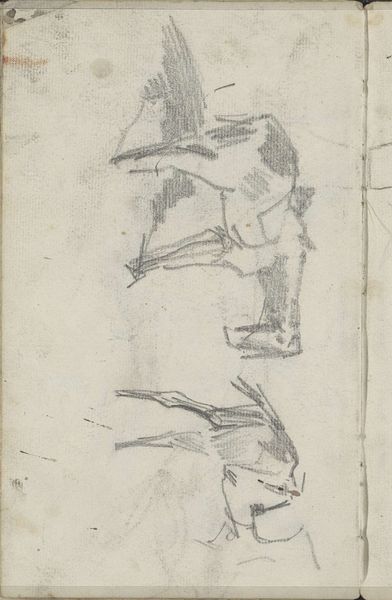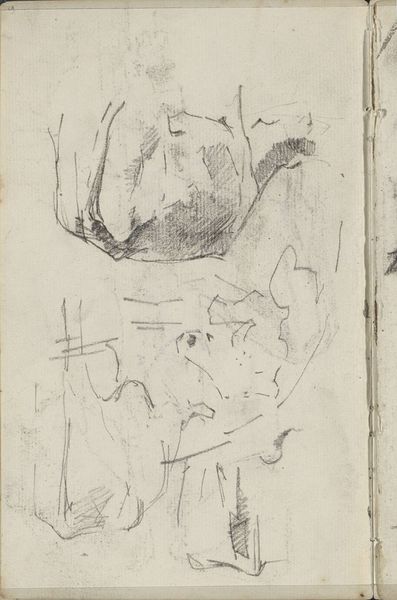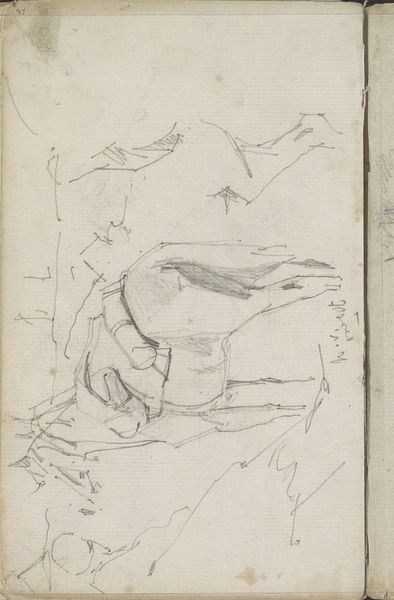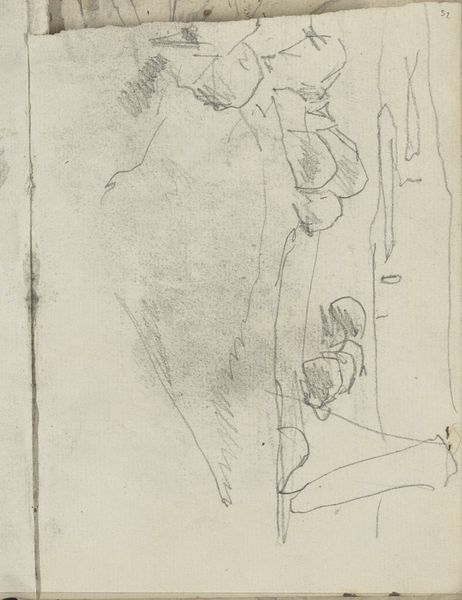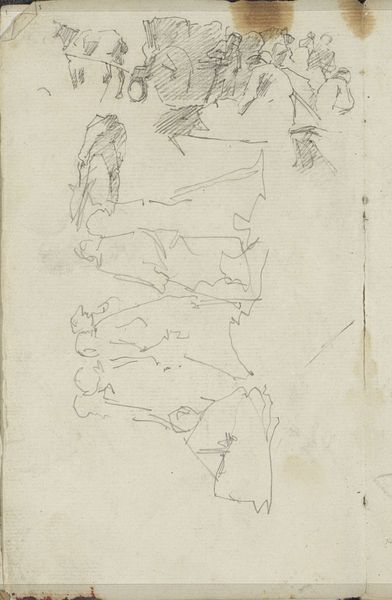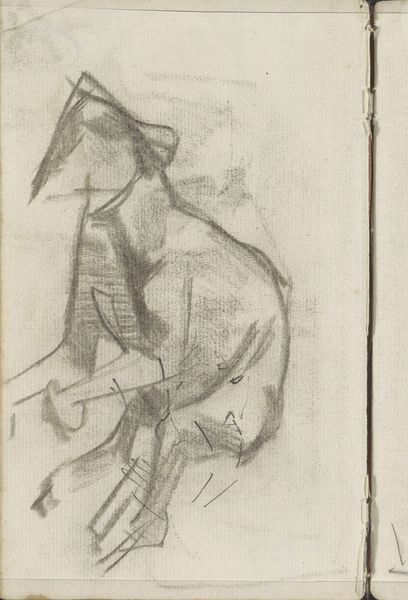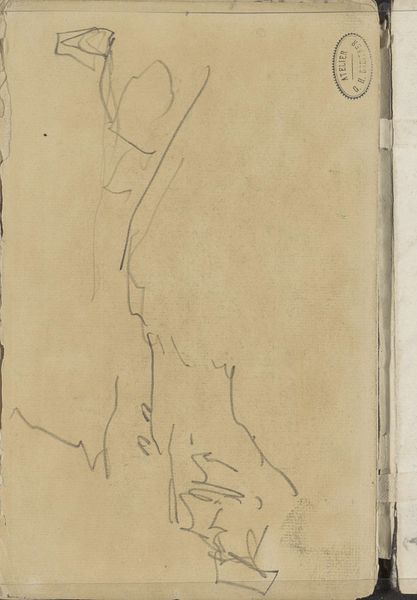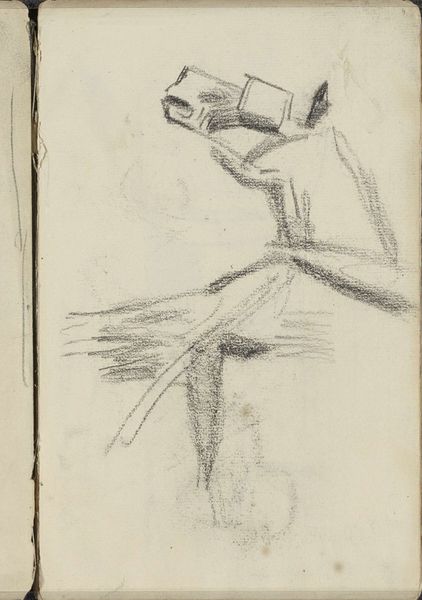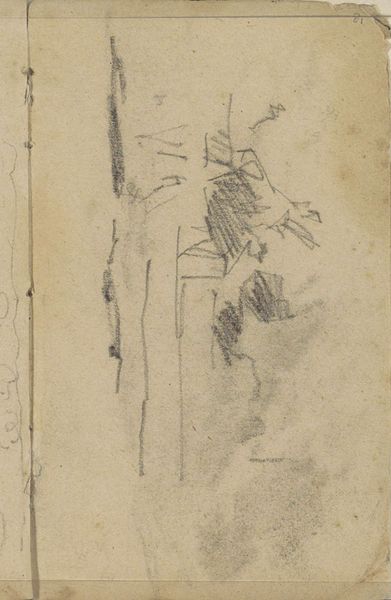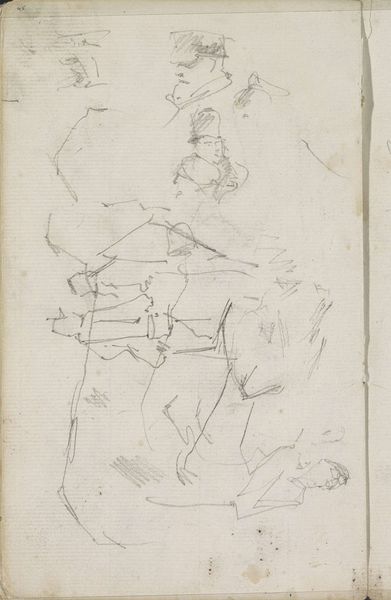
drawing, pencil
#
portrait
#
drawing
#
impressionism
#
pencil sketch
#
landscape
#
pencil
#
horse
Copyright: Rijks Museum: Open Domain
George Hendrik Breitner made this sketch of a woman's head and a horse with graphite on paper. It is part of a larger sketchbook. Breitner was one of the most important figures in the Dutch art scene during the late 19th and early 20th centuries. He emerged as a prominent member of the Amsterdam Impressionism movement. Breitner had a keen interest in capturing everyday life, especially within urban settings, and he found his subjects in the working class. He was particularly interested in the lives of working women. During that time, women's social roles were changing. They were entering the workforce in greater numbers, challenging traditional gender norms. But they were also highly exploited, facing low wages, poor working conditions, and social stigma. Breitner’s work provides a window into these changing social dynamics. To understand Breitner’s motivations, we can research the economic conditions of the Netherlands, gender studies, and the history of art institutions during his time. The social and institutional contexts are fundamental to understanding the art.
Comments
No comments
Be the first to comment and join the conversation on the ultimate creative platform.
